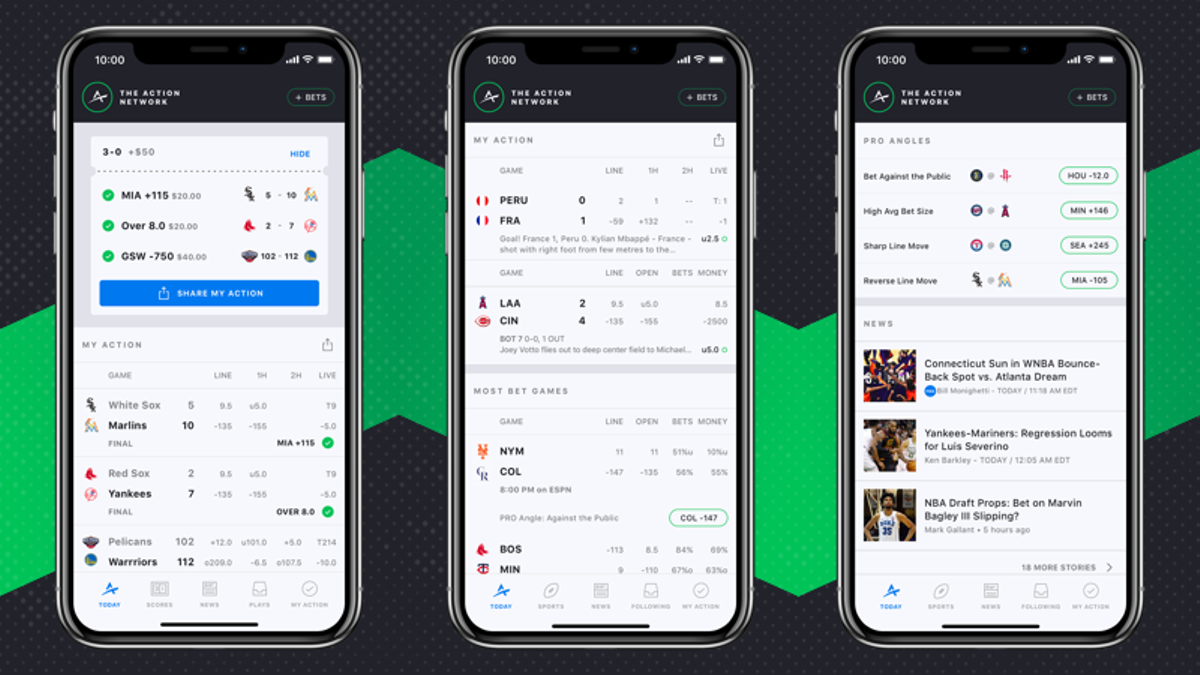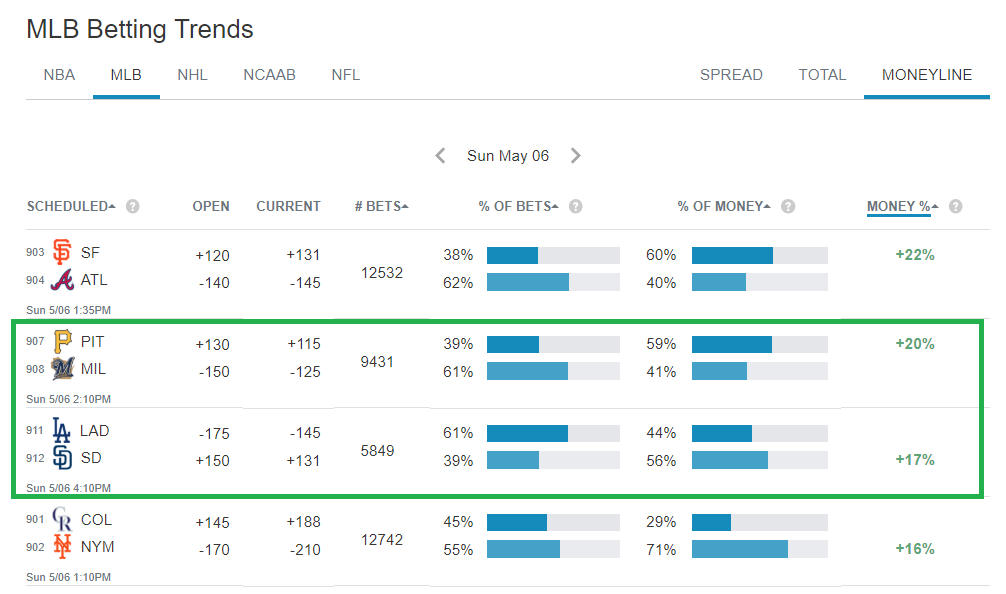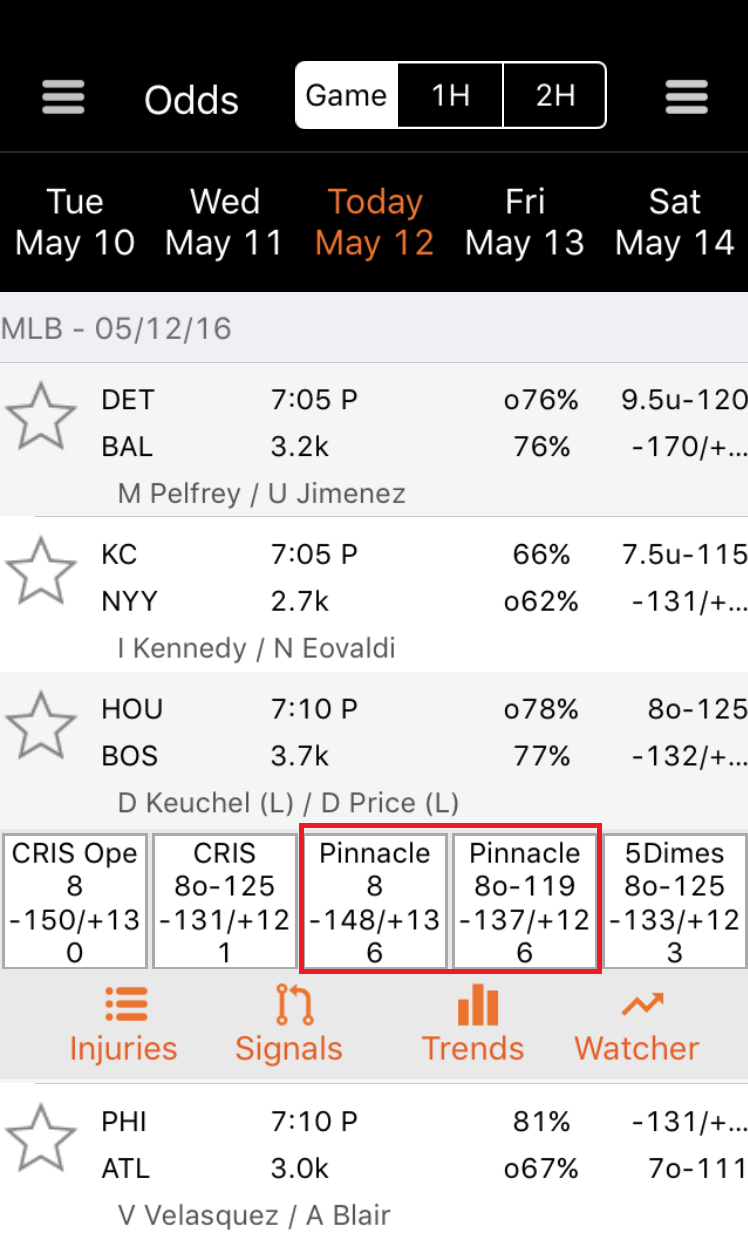Reverse Line Movement
Reverse synonyms, reverse pronunciation, reverse translation, English dictionary definition of reverse. Reverse reverse and obverse of a Polish zloty coin adj. Turned backward in position, direction, or order: the reverse side of the poster. What is a Clock Movement. A movement is a set of mechanisms made of many moving mechanical parts. It is also known as a caliber of a clock or watch. A clockwork movement or motor is made of many moving parts precisely engineered. Quartz movements help keep time accurate and are commonly protected in case and is the most common clock part mechanism.
Monitoring line movement can provide a snapshot evaluation of the market and understanding why bookmakers make these adjustments can be beneficial to bettors. However, a common mistake is to base betting decisions on line movement alone. Read on to find out why.
Why do bookmakers move lines?
Reverse Line Movement Betting
Bookmakers offer odds on a particular sports match in the hope of attracting an equal amount of money on both sides of the market and make a profit by applying a margin to the odds they offer. If they get uneven “action” (amount of money bet) on a game, they will most likely adjust the odds (increase one side to attract money and shorten the other make it less attractive) in an effort to balance the book and reduce their liability.
Equally important as the money (not just the number of bets) placed on each side of the market is where that money comes from. Bookmakers will pay closer attention to the bets placed by customers who are known to be very knowledgeable about what they are betting on (sometimes referred to as “sharps”) when assessing the market and deciding whether to adjust the odds or not.
It is important to realise that betting percentages are not related to the total amount of money wagered on a match, but rather the number of bets taken on each side.
For instance, if a largely unsuccessful bettor who typically bets large amounts of money places a $100,000 bet on a Premier League soccer match, the bookmaker might refrain from changing the odds despite their large liability - essentially taking the risk that this bettor will be wrong

However, if a bettor who is known to regularly beat the NFL markets has a $5,000 bet on a game, the bookmaker may decide to adjust the odds accordingly based on this information.
Most bookmakers will begin to limit or close accounts of such bettors once they notice a pattern developing. Pinnacle is unique in this sense as they will never restrict betting limits or close the accounts of winning bettors. Instead, they use this information to form their odds (one of the many reasons they offer such low margins and let customers bet with high limits).
What is reverse line movement?
Reverse line movement (RLM) refers to odds movement that contradicts betting percentages in the market - this is when the majority of bets are placed on one side yet the line moves in the opposite direction.
This is why it is important to realise that betting percentages are not related to the total amount of money wagered on a match, but rather the number of bets taken on each side.
The challenge for anyone looking to benefit from using reverse line movement as part of a betting strategy is being able to determine the amount of money staked on each side of the market and which side the more knowledgeable bettors favour.
The money staked by the collective average bettors usually accounts for a significant amount of the total amount staked on any sports match, and so determining the ‘right side’ by tracking line movement alone – in either direction – is near impossible.

We can use a hypothetical example of RLM to get a clearer idea of what it looks like in practice. If a bookmaker has posted the Pittsburgh Steelers (-7) against Green Bay Packers (+7) for an NFL game, it doesn’t necessarily mean they expect the Steelers to win by seven points. This is merely a marker to try and get 50% of the bets placed on either side.

Equally important as the money (not just the number of bets) placed on each side of the market is where that money comes from.
If there was a higher percentage of bets placed on Pittsburgh (say 75%), theoretically the line would move to Pittsburgh -7.5 or higher as the bookmaker would want more bettors to bet on the Packers and thus make them a more attractive option. If there was RLM, however, Green Bay’s handicap would shorten (to +6 maybe).
Advocates of RLM would suggest the bookmaker moved their line against Pittsburgh (despite their larger liability) because the more knowledgeable bettors (or “sharps”) have bet on Green Bay. In most cases this is a highly oversimplified evaluation of what may or may not have caused this ‘unexpected’ line move.
In truth, although the bookmaker may have been influenced by the actions of certain bettors when moving the line in Green Bay’s favour, their decision would have been influenced by a whole host of other factors. One such example could be information coming to light that could influence the outcome of the game (injuries, suspensions, changes in the weather).


The pitfalls of relying on reverse line movement
Betting percentages for different markets are widely available to the public on various online platforms (and from bookmakers themselves). This data can be tracked with records made of where RLM has been ‘predictive’ of the final outcome. In other words, where the line moved in favour of the winning team despite the bet percentage being higher on the other (losing) side.
This information is often packaged and distributed to clients, for a fee, and sold as a “fool-proof” strategy that will guarantee a return on investment. However, the results provided by these “tipsters” are seldom transparent and winning percentages seem too good to be true – and usually are.
Another hurdle for bettors who may decide to subscribe to these services is that the cost of information cuts into their profit margins, which are already relatively small in sports betting in the long term.
Reverse Line Movement Tracker
Why traditional handicapping is still your best bet
In summary, placing bets that are solely based on line movement alone is a problematic sports betting strategy. If you’re on the same side as the bettors that influence where a line moves it will certainly be beneficial in the long run, but paying for reverse line movement alerts won’t get you there.
Zcode Systems
Using traditional handicapping methods and betting models that consider a multitude of factors is still the most proven way to beat the closing line and become a profitable sports bettor.